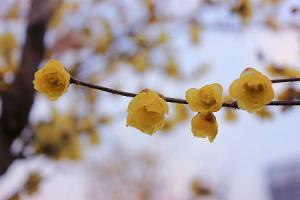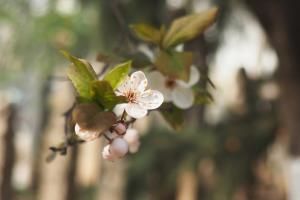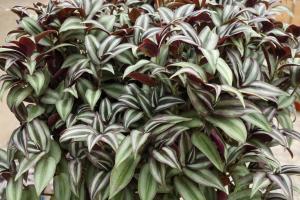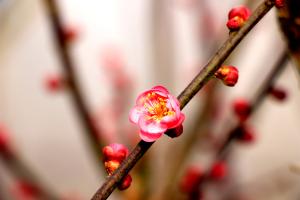1、 Morphological characteristics
1. Leaves: the leaves of plum blossom are generally oval or oval. The length is between 4 and 8 miles and the width can be up to 5 cm. The edge serrations are small and sharp. The young leaves have fluff on both sides and will fall off after growing
2. Flowers: usually bloom in winter. The flowers are single or two at the same time, with a diameter of 2.5 cm and a strong aroma. Calyx is usually reddish brown, but there are also green varieties. The petals are obovate in shape and mostly white and pink in color
3. Fruit: the fruit is nearly spherical, with a diameter of 2 to 3 cm. It is generally yellow and tastes sour
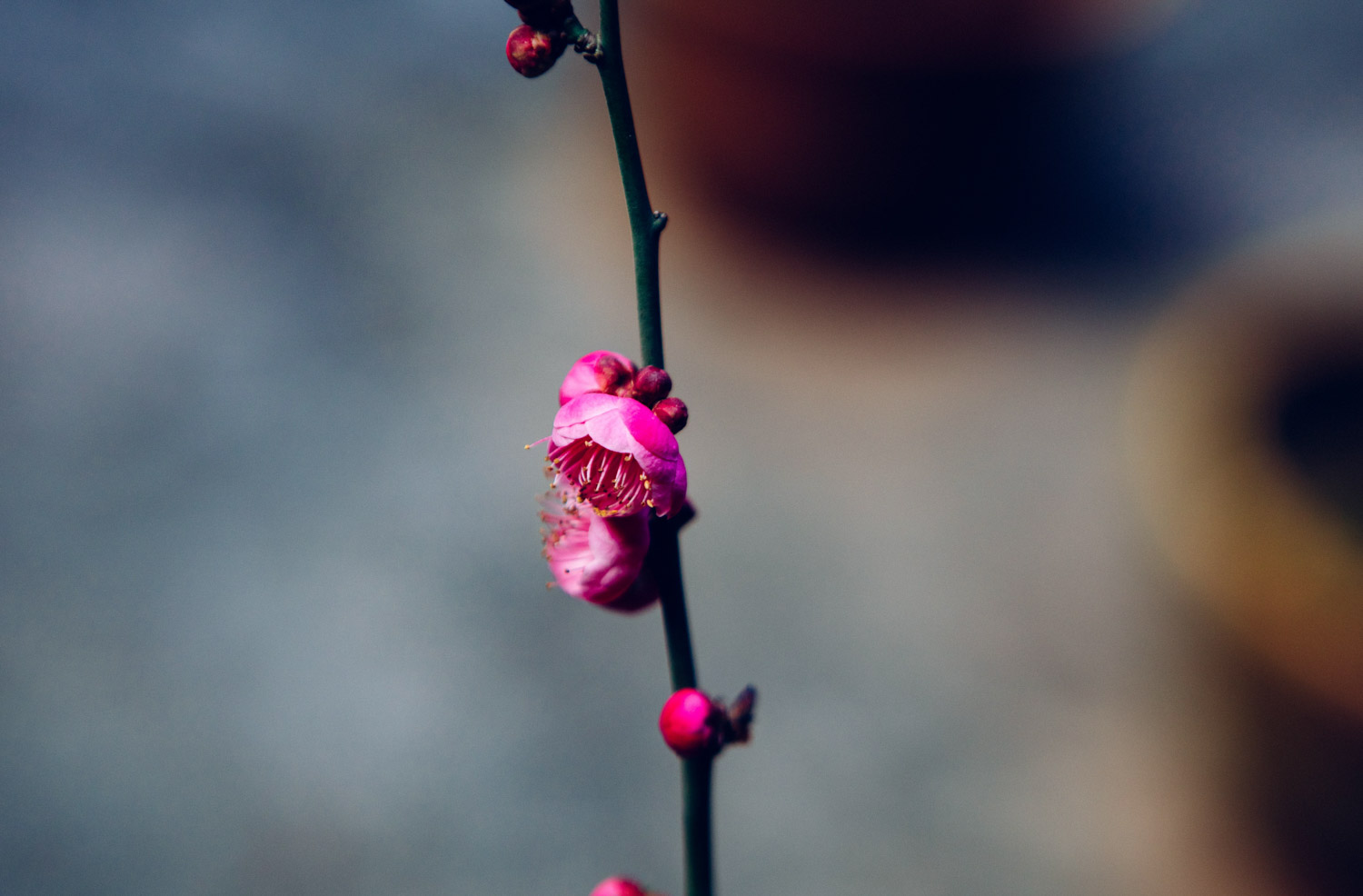
2、 Curing method
1. Temperature: plum blossom has good cold resistance and can generally spend the winter outdoors. Proper temperature control can also delay flowering. If you want to blossom in the Spring Festival, you need to move to the greenhouse on New Year's day and keep the room temperature at about 8-12 ℃. If you want to blossom on May Day, you need to keep it in a cold room at 0 ℃ until April
2. Watering: don't water the plum blossom too much. Generally, wait until the basin soil is dry, and then pour it until the whole basin is wet, and no ponding is allowed to form. Reduce watering in autumn, which is beneficial to the growth of branches. Water should be increased in winter to make the flowers flourish
3. Fertilization: when planting and changing pots, base fertilizer should be applied to plum blossoms. After that, it can be applied only three times a year, using thin cake fertilizer water. The first time is when the leaves are slightly 5cm, the second time is after the leaves are unfolded, and the third time is in late summer and early autumn. Proper watering after fertilization is beneficial to absorb and dilute fertilizer
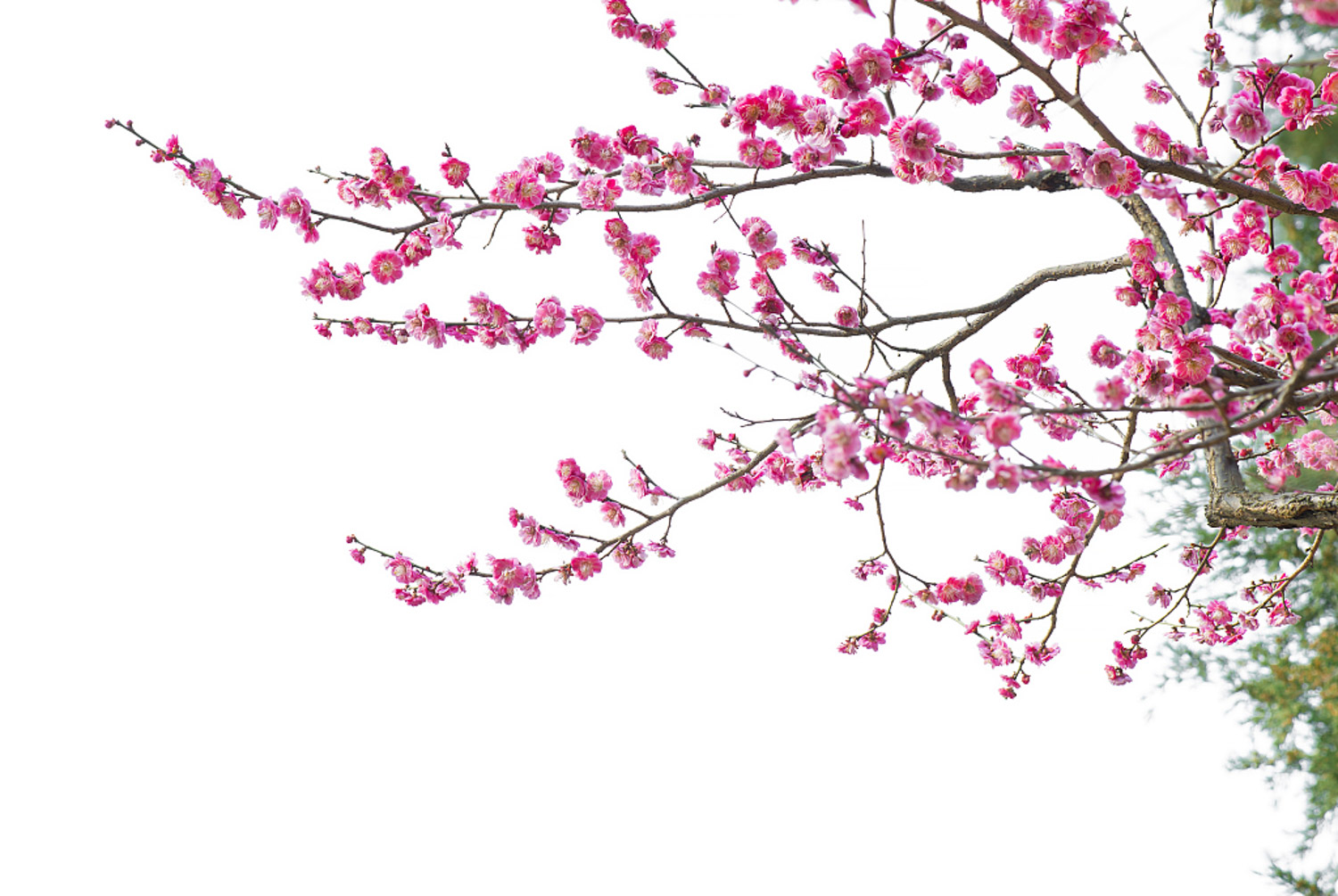
3、 Picture appreciation
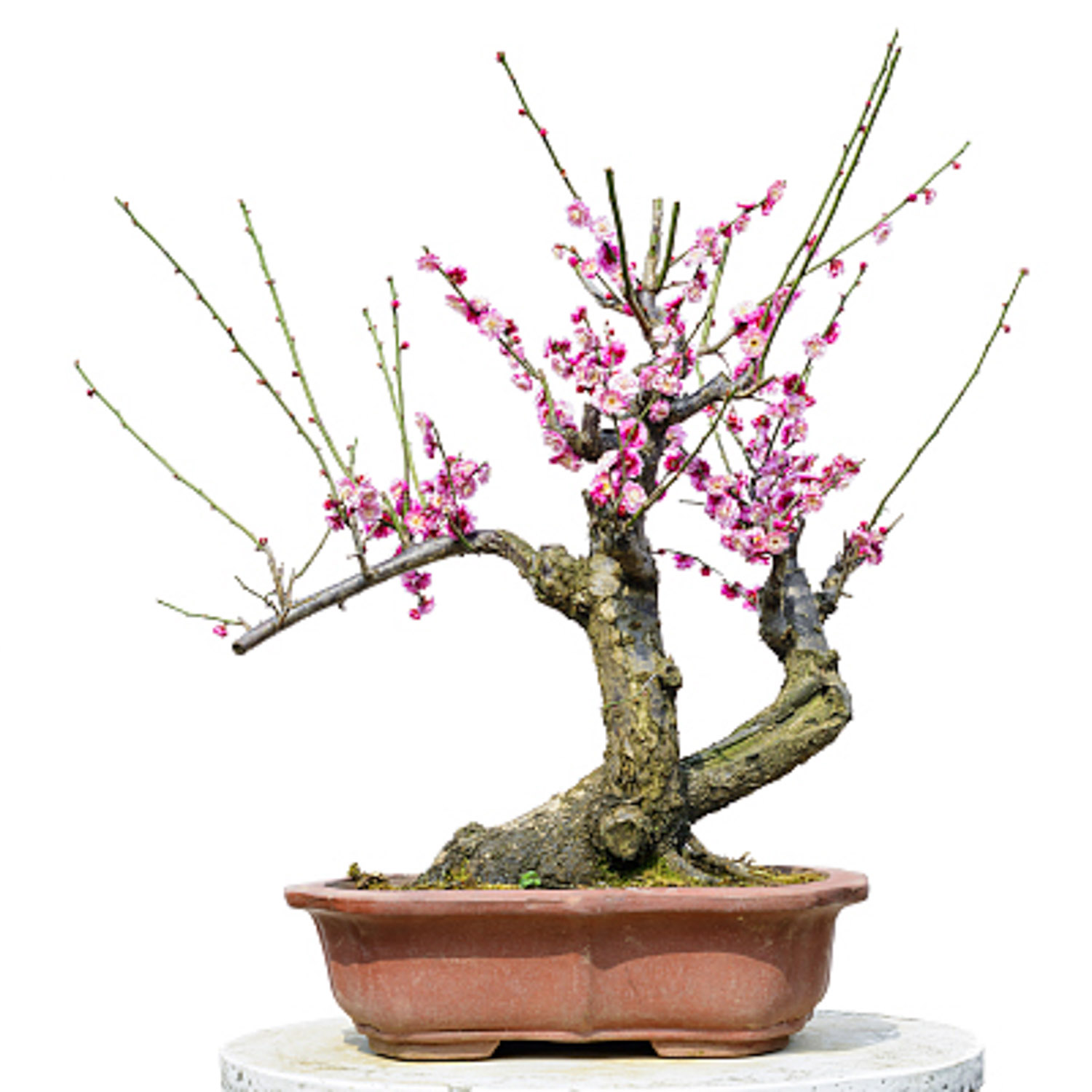
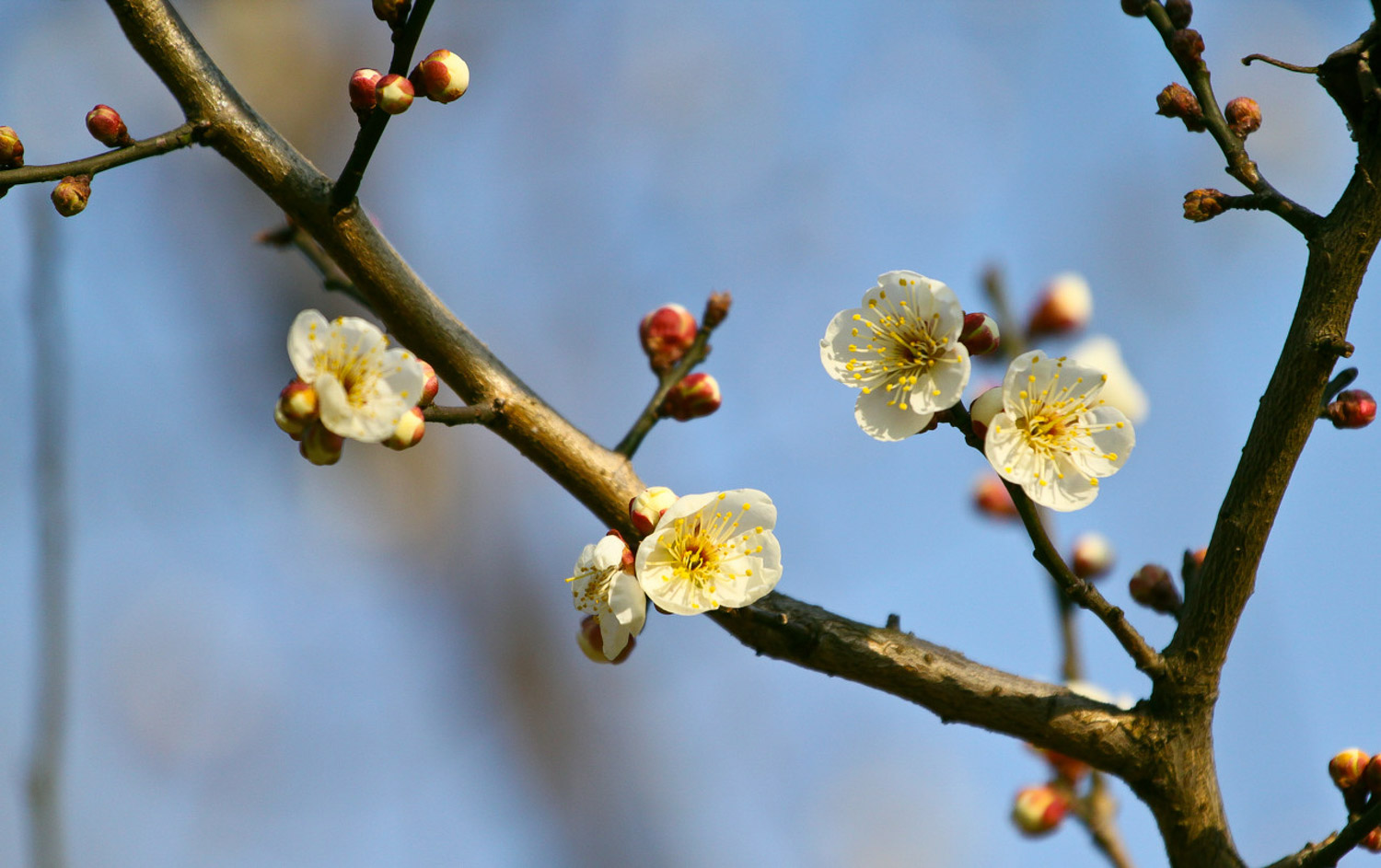
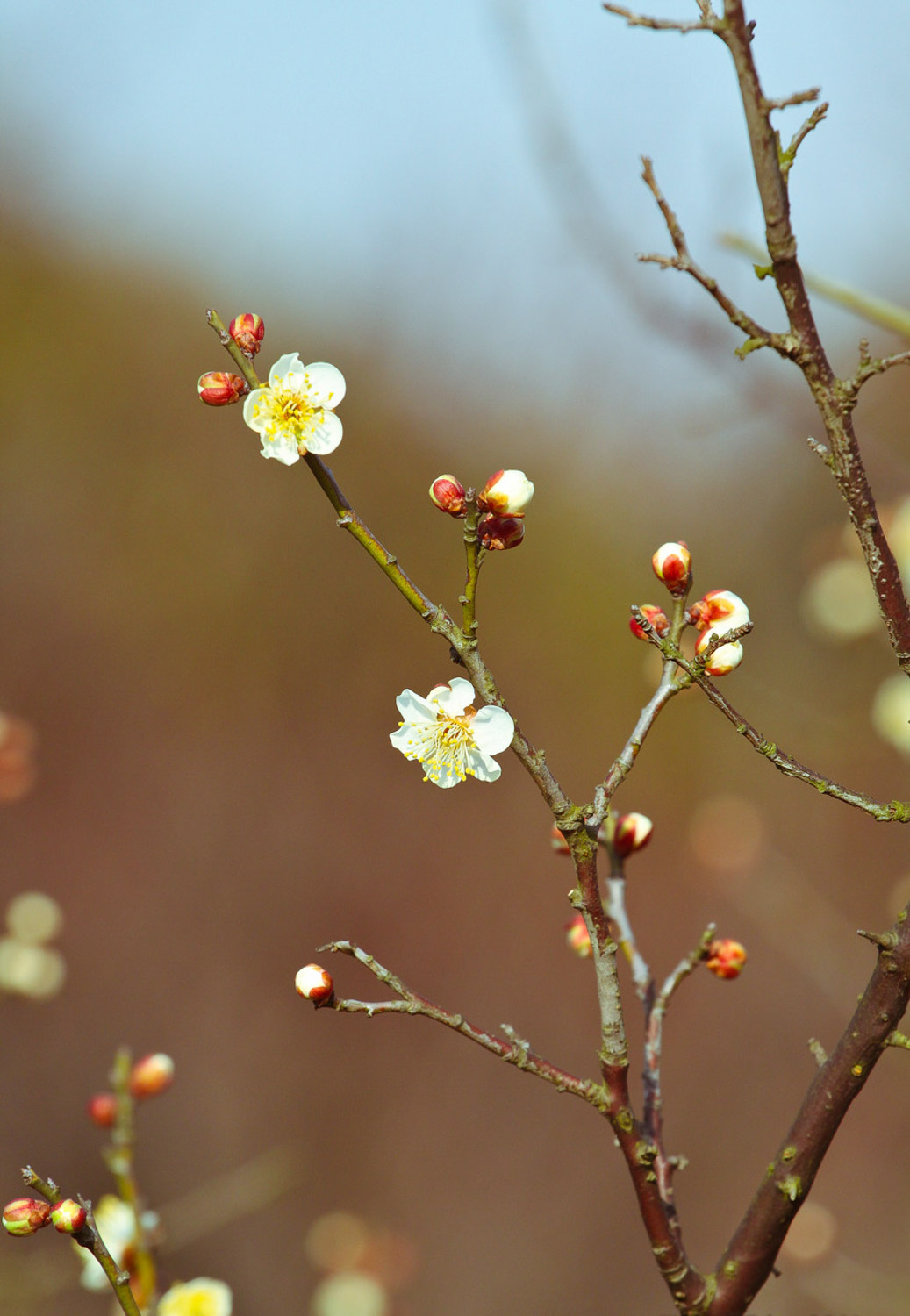

 jackfruit
jackfruit snake plant
snake plant hibiscus
hibiscus hydrangea
hydrangea lavender
lavender Green roses climb al...
Green roses climb al... If you don't pay att...
If you don't pay att... Management of four g...
Management of four g...


